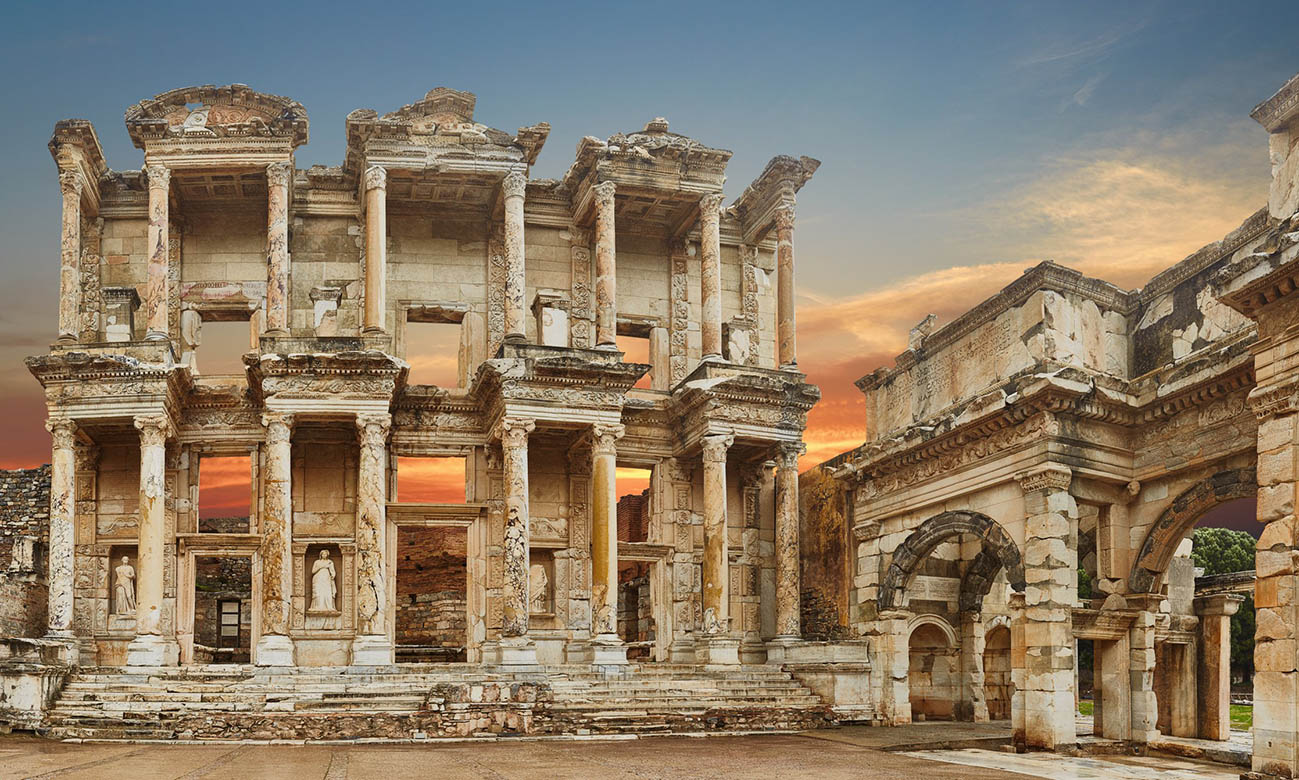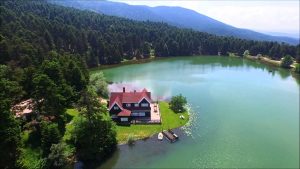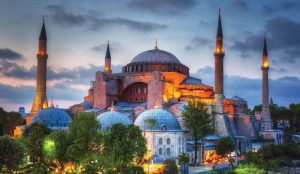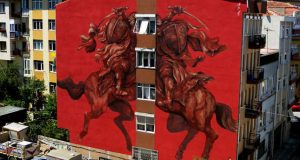Ancient Cities in Turkey
Ephesus, once the most important commercial center of the western Anatolia , is one of the highlights of Turkey that awaits the exploring tourists. The city was established as a port on the mouth of the river Cayster and was one of the foremost cities of the world for its being on a strategic trade route in Anatolia.
The city itself and the ruins are all on the sides of a fertile valley. The extensive ruins including the theatre, library or gymnasium create the special atmosphere of Ephesus, and appeal to every visitors.
Ephesus has been a “center” during the date. Once a trade center of the ancient world , a religious center of the early Christianity and today, a unique tourism center proving all its perfectas to the visitors through the world.
Ephesus contains the largest collection of Roman ruins in the eastern Mediterranean. Only an estimated 15% has been excavated.[citation needed] The ruins that are visible give some idea of the city’s original splendor, and the names associated with the ruins are evocative of its former life. The theater dominates the view down Harbor Street, which leads to the silted-up harbor.
The Library of Celsus, the façade of which has been carefully reconstructed from all original pieces, it was originally built c. 125 AD in memory of Tiberius Julius Celsus Polemaeanus, an Ancient Greek who served as governor of Roman Asia (105–107) in the Roman Empire. Celsus paid for the construction of the library with his own personal wealth, and is buried in a sarcophagus beneath it. The library was mostly built by his son Gaius Julius Aquila and once held nearly 12,000 scrolls. Designed with an exaggerated entrance — so as to enhance its perceived size, speculate many historians — the building faces east so that the reading rooms could make best use of the morning light.
A part of the site, Basilica of St. John, was built in the 6th century AD, under emperor Justinian I over the supposed site of the apostle’s tomb. It is now surrounded by Selçuk.
The Temple of Artemis, one of the Seven Wonders of the Ancient World, is represented only by one inconspicuous column, revealed during an archaeological excavation by the British Museum in the 1870s. Some fragments of the frieze (which are insufficient to suggest the form of the original) and other small finds were removed – some to London and some to the Archaeological Museum, Istanbul.
The Odeon was a small roofed theater[36] constructed by Vedius Antonius and his wife around 150 AD. It was a small salon for plays and concerts, seating about 1,500 people. There were 22 stairs in the theater. The upper part of the theater was decorated with red granite pillars in the Corinthian style. The entrances were at both sides of the stage and reached by a few steps.
The Temple of Hadrian dates from the 2nd century but underwent repairs in the 4th century and has been reerected from the surviving architectural fragments. The reliefs in the upper sections are casts, the originals being now exhibited in the Ephesus Archaeological Museum. A number of figures are depicted in the reliefs, including the emperor Theodosius I with his wife and eldest son. The temple was depicted on the reverse of the Turkish 20 million lira banknote of 2001–2005 and of the 20 new lira banknote of 2005–2009.
The Temple of Domitian was one of the largest temples in the city. It was erected on a pseudodipteral plan with 8 x 13 columns. The temple and its statue are some of the few remains connected with Domitian.
At an estimated 24,000 seating capacity, the Theater is believed to be the largest outdoor theater in the ancient world.
The Tomb/Fountain of Pollio was erected in 97 AD in honor of C. Sextilius Pollio, who constructed the Marnas aqueduct, by Offilius Proculus. It has a concave façade.
There were two agoras, one for commercial and one for state business.
History: There is as yet no definite knowledge about the exact date of the foundation of Ephesus, but famous historians such as Strabon and Pausanias, agreed in the idea of that Ephesus was founded by Amazons, and inhabited by the oldest settlers of Anatolia-Lelegians and Carians, as early as 3000 BC.
In the year of 10 BC, Androclos, the son of King of Athens-Kodros, was searching a location for establishing a site. Androclos belonged to Akhas , was running from the Dor invasion in Greece. He was leading one of the migration convoys. It was predicted by an Apollon oracle that a fish and a boar would show the location of the new settlement. Days later, parallel to the oracle’s prediction, while frying, a fish fell down from the pan, irritating a hiding boar behind the bushes. The feared boar escaped immediately. Androclos followed the boar and established the city of Ephesus, where he had killed the boar. When Androclos died in the wars with Carians, a mausoleum was built to the memory of the first king of Ephesus. The mausoleum is considered to be placed around “The Door of Magnesia”.




